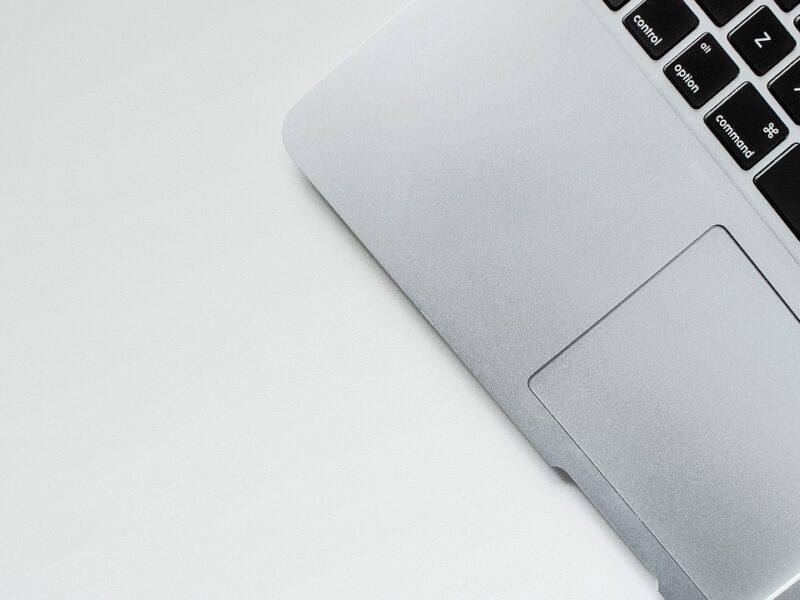Flexible displays are no longer a futuristic concept. They are already integrated into foldable smartphones, curved TVs, and wearable devices. As materials and manufacturing methods improve, flexible displays are becoming thinner, more durable, and more versatile.
This article explores the core technologies behind flexible screens, current market applications, and what the near future may hold.
What Are Flexible Displays?
A flexible display is a screen that can bend, curve, or roll without breaking. Unlike traditional rigid LCDs, flexible displays are made from plastic substrates instead of glass, allowing for physical deformation.
Key Features:
- Bendability: Can flex or fold without damage.
- Lightweight: Uses thinner, more lightweight materials.
- Durability: More resistant to cracking compared to glass.
- Innovative Design Potential: Enables new form factors in consumer electronics.
Core Technologies Behind Flexibility
Several display technologies enable screen flexibility. Each has its advantages and limitations:
OLED (Organic Light-Emitting Diodes)
- Most common tech in flexible screens today.
- No need for backlight, making them thinner and more bendable.
- Can be built on plastic or metal foil substrates.
- Used in devices like Samsung Galaxy Fold and LG Rollable OLED TV.
AMOLED (Active Matrix OLED)
- Variant of OLED with faster response times and improved performance.
- Supports high refresh rates and deeper blacks.
- Frequently used in premium foldable smartphones.
Micro-LED (Emerging)
- Promises better brightness and lifespan than OLED.
- Currently under development for flexible use.
- Expensive to produce but holds long-term promise.
E-Ink Flex Displays
- Used in flexible e-readers and signage.
- Low power consumption.
- Monochrome with slower refresh rate — not ideal for video content.
Current Applications in the Market
Flexible displays have already made their way into several consumer and industrial products:
Smartphones and Tablets
- Foldable phones allow for larger screens without increasing device size.
- Notable models: Samsung Galaxy Z Fold, Huawei Mate X, Motorola Razr.
Wearables
- Smartwatches with curved screens improve ergonomics and aesthetics.
- Flexible sensors integrated with the display offer advanced health tracking.
TVs and Monitors
- LG introduced rollable OLED TVs that can retract into a base.
- Curved monitors improve field of view for gamers and creatives.
Automotive Displays
- Curved dashboards and infotainment systems are gaining popularity.
- Flexible displays fit seamlessly into car interiors with minimal space usage.
Industrial Use
- Transparent and bendable screens are being tested in logistics, healthcare, and aerospace.
Challenges Limiting Widespread Adoption
Despite growing interest, flexible display adoption faces several challenges:
Cost
- Flexible OLED production is more expensive than traditional displays.
- Yields are lower due to complexity and material constraints.
Durability
- Screens may tolerate bending, but the folding mechanism remains prone to wear.
- Protective layers like ultra-thin glass (UTG) are still evolving.
Software Optimization
- Apps and interfaces must adapt to multiple screen modes and dimensions.
- Few apps today fully utilize the benefits of flexible formats.
4. Battery Limitations
- Battery design remains rigid, limiting full flexibility.
- Research is ongoing in flexible or segmented battery cells.
The Road Ahead: Emerging Possibilities
The next generation of flexible display technologies is already in development. The roadmap includes more than foldable phones.
Rollable and Stretchable Devices
- Displays that extend horizontally or vertically.
- Samsung and LG are testing prototypes of roll-out smartphones and TVs.
Flexible Laptops
- Lenovo has already introduced the ThinkPad X1 Fold — a foldable laptop.
- Future versions may allow full-size keyboards on-screen or dual-display setups.
Smart Clothing and Wearable Tech
- Integration of displays into fabrics for fashion, health, and military use.
- Real-time health monitoring via flexible skin-mounted displays.
Augmented Reality (AR) and HUDs
- Curved and transparent displays for AR headsets or vehicle windshields.
- Dynamic HUDs (Heads-Up Displays) in aviation or automotive contexts.
Foldable E-Readers and Notebooks
- Flexible E-Ink displays for a true “paper-like” reading experience.
- Foldable digital notebooks for students and professionals.
Industry Leaders and Innovation Trends
Key players driving innovation in flexible displays include:
- Samsung Display: Pioneer in OLED foldables.
- LG Display: Focused on rollable and transparent OLED.
- BOE Technology: Rapid expansion in flexible AMOLED panels.
- Royole: First to market with commercial foldable phones.
Investment in R&D is increasing. According to market analysts, the global flexible display market is projected to reach $87 billion by 2030, with compound annual growth driven by smartphones and wearable demand.
Benefits of Flexible Displays Beyond Form Factor
Flexible screens do more than just enable cool designs. They also offer:
- Improved Portability: Devices can be compact when folded.
- Enhanced User Experience: Multi-mode usage (phone → tablet) increases productivity.
- Reduced Breakage Risk: Plastic substrates are more shock-resistant.
- Design Freedom: Enables unconventional products and UIs.
Conclusion: A Flexible Future
Flexible display technology is transitioning from novelty to necessity. As materials improve, production scales, and software catches up, these screens will redefine how we interact with devices.
Foldables are just the beginning. Stretchable wearables, rollable TVs, and fabric-integrated displays are on the horizon. In a few years, the boundary between screen and surface may disappear entirely.
The future is not just flat — it bends, rolls, and wraps around us.


